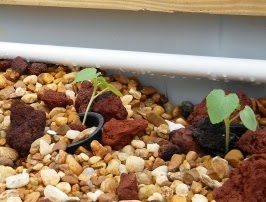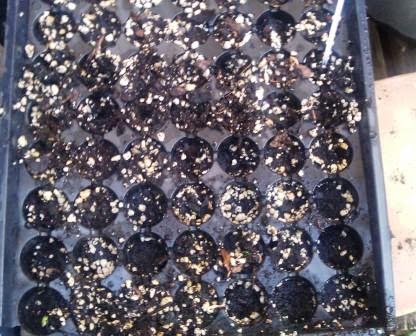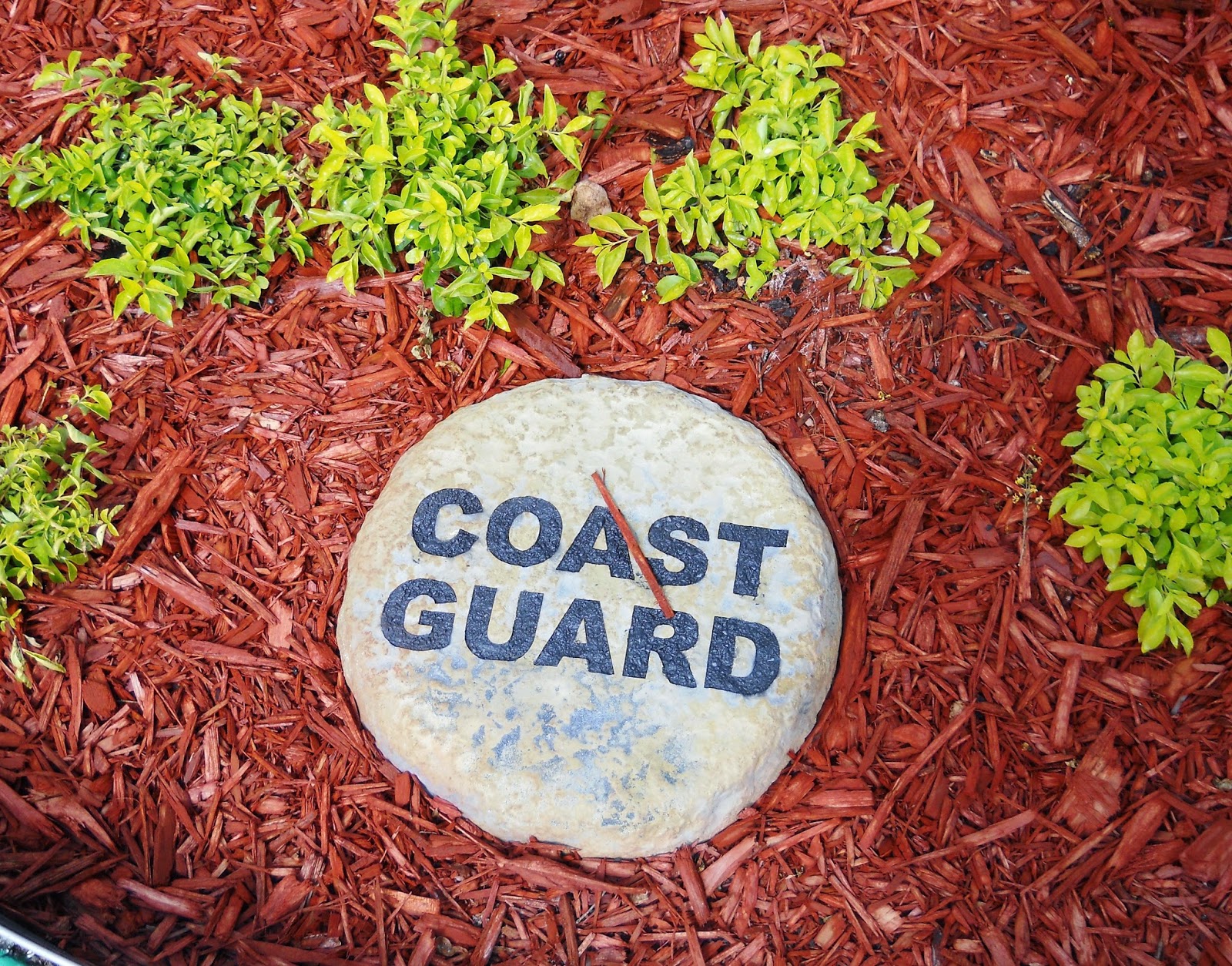You may know that I garden in the soil and using aquaponic techniques in South Florida. Our climate and pests can make gardening in zone 10B a real challenge. But it is not the largest challenge in my gardening life. My largest challenge is maintaining the gardens in my North Carolina mountain cabin.
I may be there one week a month, three weeks a month, or not at all for months on end. Just because I am not there on a regular basis does not mean that I accept that I can't have beautiful gardens. It just takes lots of planning and dependence on some old, time-tested plants and a few new ones as well.
The first challenge in my North Carolina mountain garden is that it sits at 3,200 feet in a mixture of clay, rock, and some pretty good soil...it just depends on where you dig. It sits in USDA Zone 5B and I have spent my life gardening in Zones 8, 9, and 10. In other words, a totally different part of the south where winters are milder and you almost never see the mercury plunge below freezing for long. So the first thing was learning to garden out of my comfort zone. I depended quite a bit on regional gardening boards, the University of North Carolina, and the gardening column in the local weekly paper.
My second challenge was to find plants that could thrive in the sunshine in the spring when there are no leaves on the trees, the dense shade in many areas once the leaves are on the trees in the summer, and the brutal cold of winter with the first snowfall happening in October or November.
I realized within the first year that annuals are pretty much out of the question, except as accent plants. My go to plants became the ones that are either hardy evergreens (like boxwood) or plants that become dormant in the winter and resume growing in the spring. Bulbs are great for this!
Hurray for daffodils, crocus, tulips, iris, daylillies, gladiolas, and hostas!
 |
| Daffodils in Snow |
These bulbs/corms can provide a procession of color in a bed without much fuss or muss. They don't need heavy fertilizing and can thrive on neglect. Just a little dividing every once in a while and a covering of leaves in the fall are about all the attention they require. The crocus and daffodils begin the procession of color. They will even sprout and bloom through the snow.
 |
| Daffodils without Snow |
 |
| Daylilly | |
Next come the tulips and iris to end the Spring season. Come summer, the daylillies, gladiolas, and hostas provide colorful foliage and pretty flowers. The daylillies are particularly handy when you are planting on a slope and need good roots to prevent erosion.
Hydrangeas are a great bush for the occasional gardener. They grow and bloom each year from the prior year's growth. The don't need any sort of pruning unless you are looking to simply control the size of the plant. My experience is that few pests want to eat the plant but the birds and butterflies love them. Because they are dormant in the fall and winter months, you don't have to worry much about them freezing. We have had below zero temperatures and the hydrangeas didn't seem to mind a bit: they just slept on.
 |
| Oakleaf Hydrangea |
Other great bushes that are fairly fuss-free are azaleas, buddleias, and camellias. I have been told that camellias can have pest problems but that has not been my experience so far. If you are in a cold zone, just make sure that you select a camellia that is cold hardy. Some are and some aren't. I learned the hard way. Another great blooming plant that can take the cold and neglect is the rhododendron. It will bloom in the shade, part-shade or even the sun. It's cousin the mountain laurel also prefers to be left alone, making it a great choice for the occasional gardener.
Speaking of plants that want to be neglected, no occasional garden would be complete without a knock-out rose or two or three. I love roses, but can only grow them in pots in south Florida because of our nematode problem. In North Carolina, they can be grown in the soil but require care
 |
| Knock Out Rose |
enter the patented Knock Out Rose. I have both single and double types and both perform beautifully. Come winter you just know they are dead because they don't have a leaf on them, but in spring they start to grow quickly. Because I have such shady areas, it is important to have plants that aren't prone to mildew problems. I haven't had a bit of mold problem with these roses at all. Makes me think about replacing the ones I have in my full-time garden!
If you notice the one thing I have not mentioned in the occasional garden is the presence of grass. Having a lawn is labor-intensive. You have to feed it to encourage it to grow and then turn around and mow once you are successful in getting it to grow. If you aren't going to be around on a regular basis, you aren't going to have a great lawn. My approach is to let the grass that wants to grow go ahead and grow and I pay someone to mow all three acres that has some form of grass on it once a month once the weather is warm, and weed eat the non-mowable areas every few weeks.
 |
| Hosta |
Whether you own a vacation home and are looking for gardening tips or you just want a beautiful garden without putting much work into it, I hope you will use these ideas to create your own garden that only needs your occasional attention to survive. If you want to visit the Smoky Mountains and see what is blooming in my garden, go to
Cabin On a Creek and check availability. It's the occasional gardener's place where peace and quiet come together.
















































